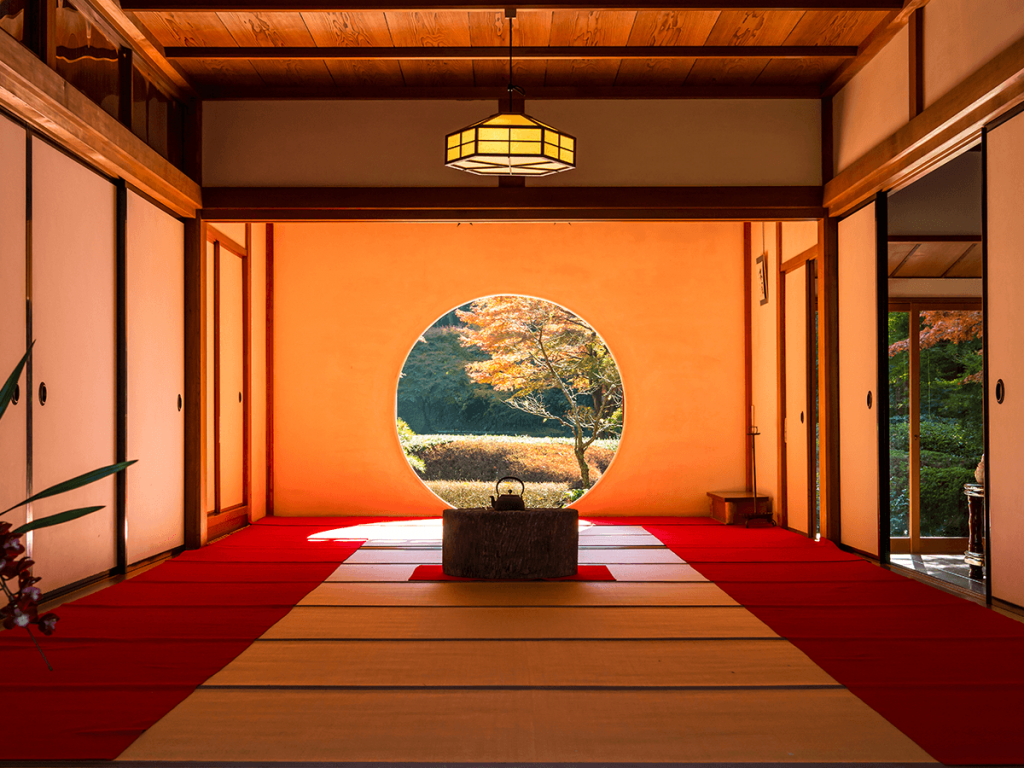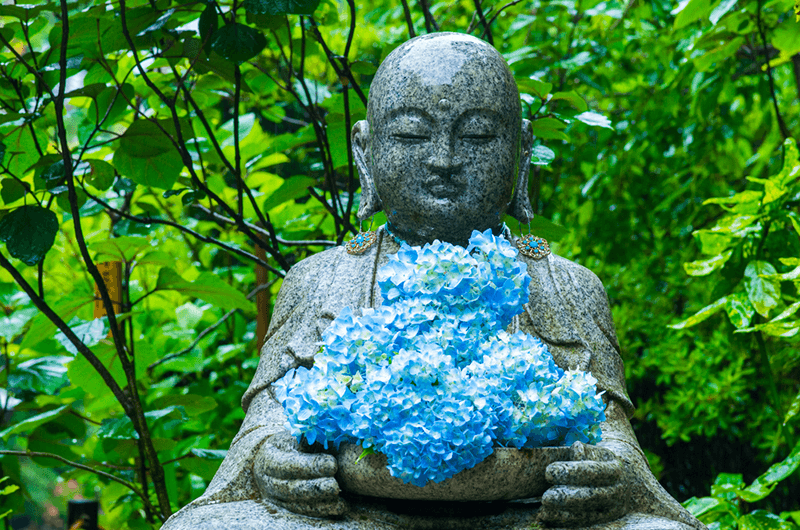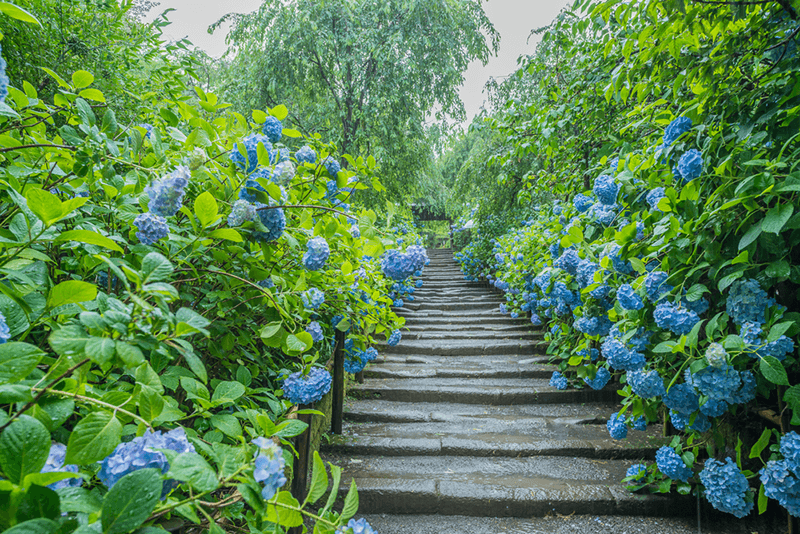Located about 40 miles south of Tokyo, Kamakura used to be the de facto capital of Japan after Minamoto Yoritomo, the country’s first shogun, chose it as the seat of his power in 1192. But although Kamakura’s history is closely linked to samurai, it’s mainly known today as a city of a hundred temples and shrines built over the span of 1,000 years. And with so many destinations to choose from, it’s no wonder that some of Kamakura’s most picturesque and spectacular places of worship get overlooked by tourists year after year.
Some of the most underrated Kamakura temples and shrines include:
5. Jojuin: The Fire God’s Matchmaking Temple
Legend goes that the Jojuin Temple (dating back to 1219) is where the famous monk Kukai stopped during his pilgrimage and recited his Buddhist mantras over 1 million times. Fittingly, considering the temple’s fiery history, Jojuin’s primary deity is Fudo Myo-o, a highly respected fire god in tantric Buddhism … who unfortunately wasn’t able to keep the temple’s main hall from burning down back in 1333. Despite his fierce appearance and the sword he has in his hand, Jojuin’s Fudo Myo-o is primarily known as the deity of matchmaking, said to purify people’s souls by cutting off their earthly desires.
Jojuin also offers beautiful views of Yuigahama Beach and plenty of hydrangeas.
4. Kamakuragu: The Execution Shrine
After Japan’s balance of power briefly shifted from the shogunate back to the imperial household in the 14th century, the emperor’s son, Prince Morinaga, found himself in the bad graces of the powerful Ashikaga samurai clan. In 1335, said graces went from bad to murderous when the Ashikagas “arrested” the prince and later beheaded him in a cave in Kamakura. In 1869, Emperor Meiji ordered a shrine to be built on the grounds of Prince Morinaga’s execution site, and thus Kamakuragu was born.
Although the cave is still there today, Kamakuragu has tried to downplay its Poltergeist-ian origin and instead became known as a center for the arts by hosting a series of Noh theater performances by torchlight in the autumn.
3. Eishoji: Kamakura’s Sole Nunnery
The history of Japan is dominated almost exclusively by men, but Kamakura’s Eishoji convent is one of the few places that pays respect to the women that helped shape the country. The Eishoji Temple was established in 1636 by Lady Okachi/Okatsu, one of the main concubines of shogun Tokugawa Ieyasu – who considered her one of his closest confidants.
After the death of the man who completed the unification of Japan, Okachi chose to withdraw from public life and become a nun so she could pray for her departed lover’s soul. She eventually decided to open a convent on land that used to belong to one of her ancestors, conveniently located just a few short minutes from Kamakura Station. Today, Eishoji is the last surviving nunnery in the city, and is famous for the various flower varieties planted around the temple, which guarantee that its gardens always remain in bloom.
2. Meigetsuin: The Hydrangea Temple
Meigetsuin has a lot of things going for it, such as its unique round windows, rock and sand garden, and the yagura cave tomb dug into the side of a hill next to the temple’s main hall. Filled with many Buddhist images, the yagura is actually the largest tomb of its kind in all of Kamakura. But one other aspect of Meigetsuin has beaten all the contenders to become a symbol of this 14th century temple: hydrangeas.
The characteristic blue flowers grow in abundance all around Meigetsuin, most notably lining up the steps leading up to the entrance. The inner garden, however, is more known for its irises, which are only available for viewing for two weeks in June. Fortunately, the garden is also open in November so that visitors can enjoy the temple’s beautiful autumn colors.
1. Tokeiji: The Divorce Temple
Officially founded in 1285, the Tokeiji temple was quickly established as Japan’s only shelter for battered women. By the 17th century, thanks to a close relationship between the temple and the ruling government, Tokeiji had gained enough political power to not only shelter women, but to also force their husbands to grant them a divorce if they deemed it necessary.
A popular misconception about Tokeiji is that if a woman sought asylum inside it for two years, she would automatically be granted divorce, but it didn’t really work this way. Instead, the temple nuns would hold long marriage counseling sessions between the two parties, and in cases where they saw no chance of reconciliation, they’d decree that a couple should split up. As a thank you, women would then spend two years working and helping out at Tokeiji.
Despite such a rich history, Tokeiji remains fairly unknown among foreign visitors to Kamakura.
Updated On December 26, 2022











